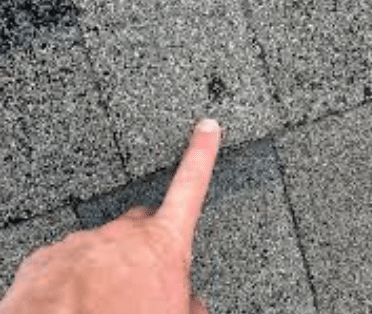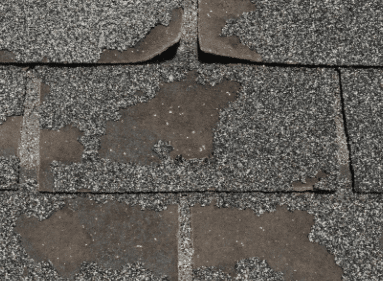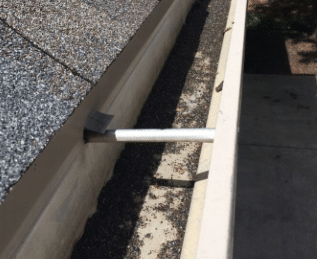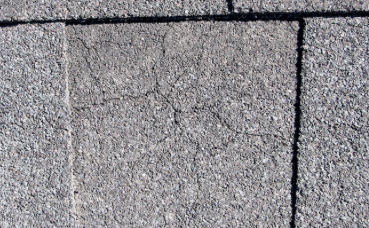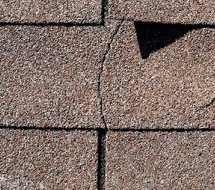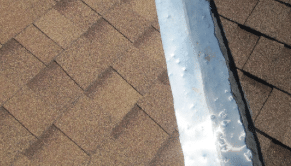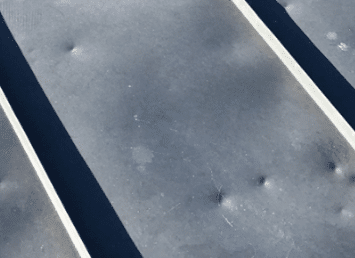How To Tell if Your Roof Has Hail Damage
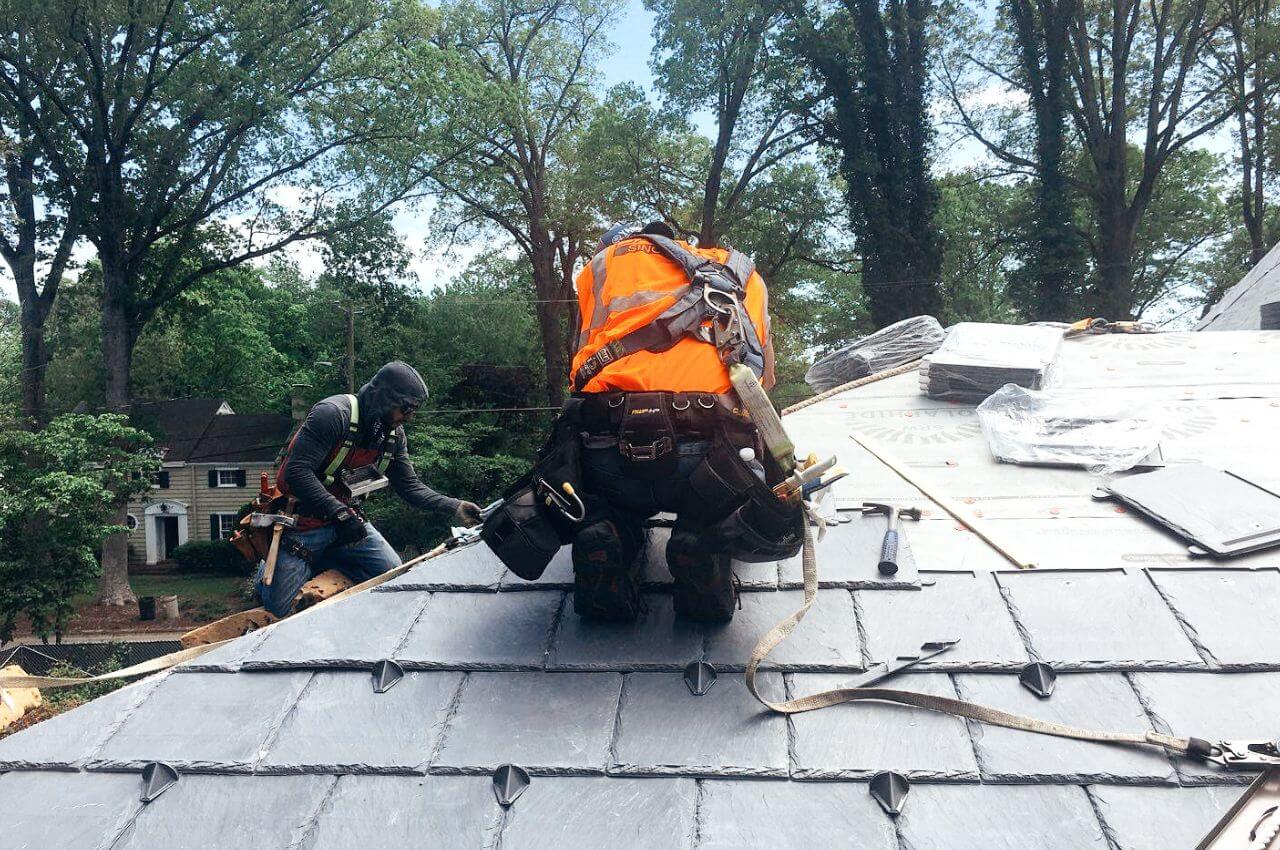
Hailstorms can be loud, quick, and—if we’re lucky—harmless. But sometimes, the damage they leave behind isn’t easy to spot. You might not see a single shingle out of place from your driveway, but that doesn’t mean your roof made it through unscathed.
The experienced team at Baker Home Exteriors helps families throughout North Carolina and the South Carolina Lowcountry assess and recover from hail damage. This guide is here to help you understand what hail damage looks like, spot early warning signs, and decide when it’s time to call in the pros. If you’re unsure, we’d be glad to dispatch one of our experts for a free inspection.
What Hail Damage Actually Looks Like
Let’s start with the basics. Hail damage can look very different depending on your roof’s age, material, and slope—but here are the signs our inspectors see most often in the Carolinas.
1. Bruised or Soft Shingles
These bruises may not break the surface, but they weaken the integrity of the shingle and make it more vulnerable to leaks over time.
2. Granule Loss
Granule loss is one of the most common and overlooked signs of hail damage. If you see what looks like black sand in your gutters, your shingles have likely taken a hit.
3. Cracked or Split Shingles
Cracks—especially when combined with age and heat—can quickly turn into entry points for moisture.
4. Dents in Metal
Metal flashing and vents often show the clearest signs of hail impact. If those are dented, there’s a good chance your shingles are damaged too.
What You Can Spot Without Getting on the Roof
You don’t need to get on your roof to spot hail damage. Save the climbing for the pros. But there are often signs that you can see from the ground after a storm. Looking for these signs can help you decide if you should contact our team to come out and take a look.
- Dents in gutters and downspouts
- Torn or sagging screens
- Damage to garage doors or mailboxes
- Granules piling near downspouts
- Flattened landscaping
What Size Hail Damages a Roof?
Another way to access hail damage without getting on the roof is via the weather report. Often, after a hailstorm your local weatherman or website will note the size of the hail your area got. This can help you decide if you should have someone come out and check.
- 1″ hail (quarter size): Can bruise standard asphalt shingles
- 1.25–1.5″ hail (half dollar): Can crack shingles or damage flashing
- 1.75” or larger: Can damage newer roofs or impact-resistant materials
Can You Tell If It Leaked Yet?
Another way to know if hail damaged your roof is if it starts to leak. It may sound obvious, but leaks don’t always show up right away and the longer you wait, the worse they’ll get.
Some things you can look for to know if your roof is leaking, include:
- Stains on ceilings or walls
- Musty smells in the attic
- Peeling paint or bubbling drywall
- Light peeking through your attic
You can tell if the damage is recent and fix the problem before it becomes a larger issue, especially if you act quickly.
- Fresh damage has darker bruises, loose granules, and clean dents
- Older damage fades, curls, or shows signs of wear
Why Hail Damage Hits Hard in the Carolinas
In the Carolinas, hail doesn’t just fall—it gets driven by mountain winds, coastal storms, and sudden spring downbursts. From the steep slopes of Boone to the salt air of Charleston, our region’s weather creates the perfect conditions for roof damage that isn’t always obvious at first glance.
That’s where our team comes in. With over a century of roofing expertise behind us, Baker Home Exteriors knows how to spot subtle damage before it turns into major problems. Here’s what we’re seeing across the region:
North Carolina High Country
Quick-building storms at higher elevations create wind-driven hail that strikes fast and hits hard—especially on steep-slope roofs. Even small hailstones can cause significant bruising and granule loss.
Raleigh, Greensboro & Fayetteville
This stretch of the state sees frequent hail during spring and summer, often alongside high winds and wide temperature swings. That combination accelerates wear and makes older roofs especially vulnerable to cracking and deterioration.
Greater Charleston Area
While hail is less frequent near the coast, the heat, humidity, and salt exposure in this area weaken roofing materials over time—so even smaller hail events can lead to big problems later.
That’s why we train our team to look beyond the surface. We don’t just scan for missing shingles—we inspect for bruises, soft spots, flashing dents, and granule displacement that signal deeper issues. With teams across North Carolina, service areas in Greenville, South Carolina, and coverage around the greater Charleston area, we get a team to your home quickly if the need for repairs is immediate.
3 Questions to Ask Any Roofing Contractor After a Hailstorm
Before you say yes to any repair or replacement, make sure you’re working with a roofer who knows what they’re doing. We hold our team to a very high standard for honesty and service, and we like to talk to homeowners about how to vet the offers they get for repairs.
So, start with these three questions whenever you have someone come out to assess hail damage:
1. Are You Haag Certified?
You may not have heard of Haag certification—but it matters. It’s the gold standard for roof inspectors evaluating storm damage. Our team is Haag certified, so we have the training and authority to properly diagnose hail and wind damage and help support your insurance claim.
2. Do You Work With Insurance Adjusters?
Insurance adjusters can be tricky to navigate on your own. We take pride in walking the roof with your adjuster, helping document the damage clearly, and making the process less stressful for you. We also have a guide to help you understand if your damage is covered by insurance. You can find that here.
3. Does My Roof Need to Be Fixed Right Away?
Always ask a roofing contractor if your roof needs to be fixed right away. Often times the answer is No. Most hail damage doesn’t lead to leaks overnight. You have time to assess your options and choose a contractor you trust. If someone knocks on your door and pressures you to sign something right away, you may want to avoid that contractor. This is your home. Take your time and do it right.
Why Homeowners Across the Carolinas Trust Baker Home Exteriors
We’re the residential division of Baker Roofing Company—one of the oldest and most respected names in the roofing business, with over 100 years of experience.
When you work with us, you get:
- A roofing team that actually lives in your area—and understands local weather patterns
- Free, professional hail damage inspections
- Haag-certified experts who know what to look for
- Direct help with insurance coordination
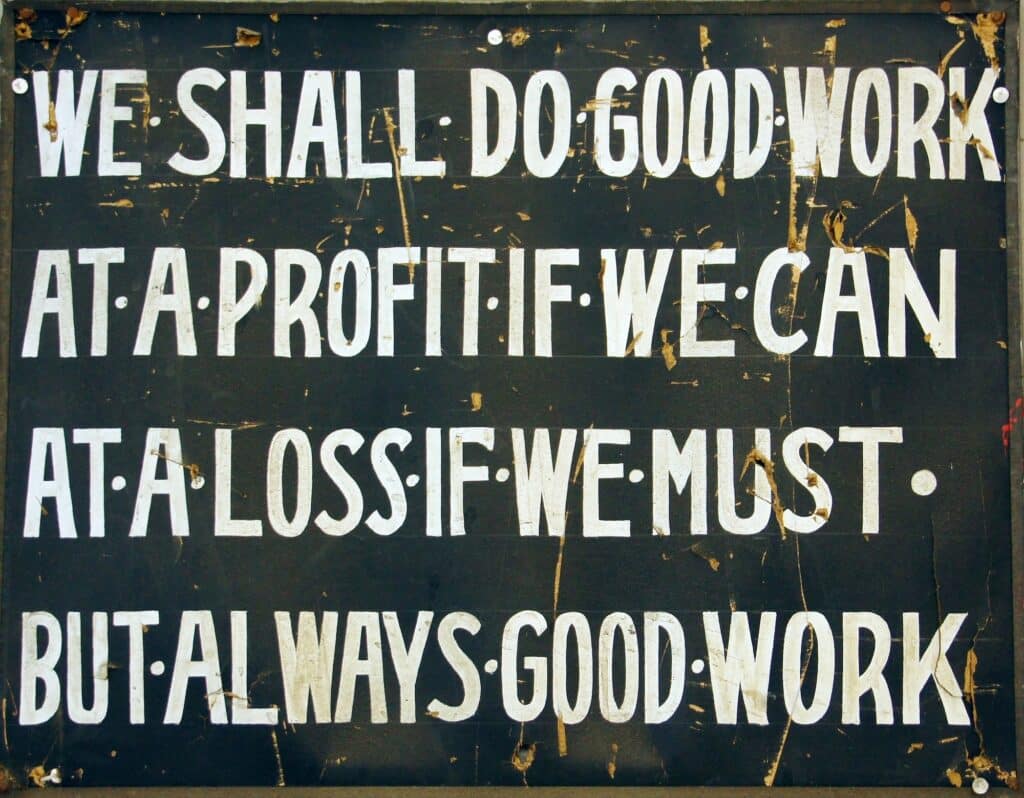
Suspect Hail Damage? We’ll Take a Look—No Strings Attached.
Even if you’re not sure your home was hit, it’s worth getting a professional opinion. And with Baker Home Exteriors, that inspection is 100% free.
Get your free assessment
Complete this form and a member of our team will reach out to you about the best time to come by and look at your home.
"*" indicates required fields
